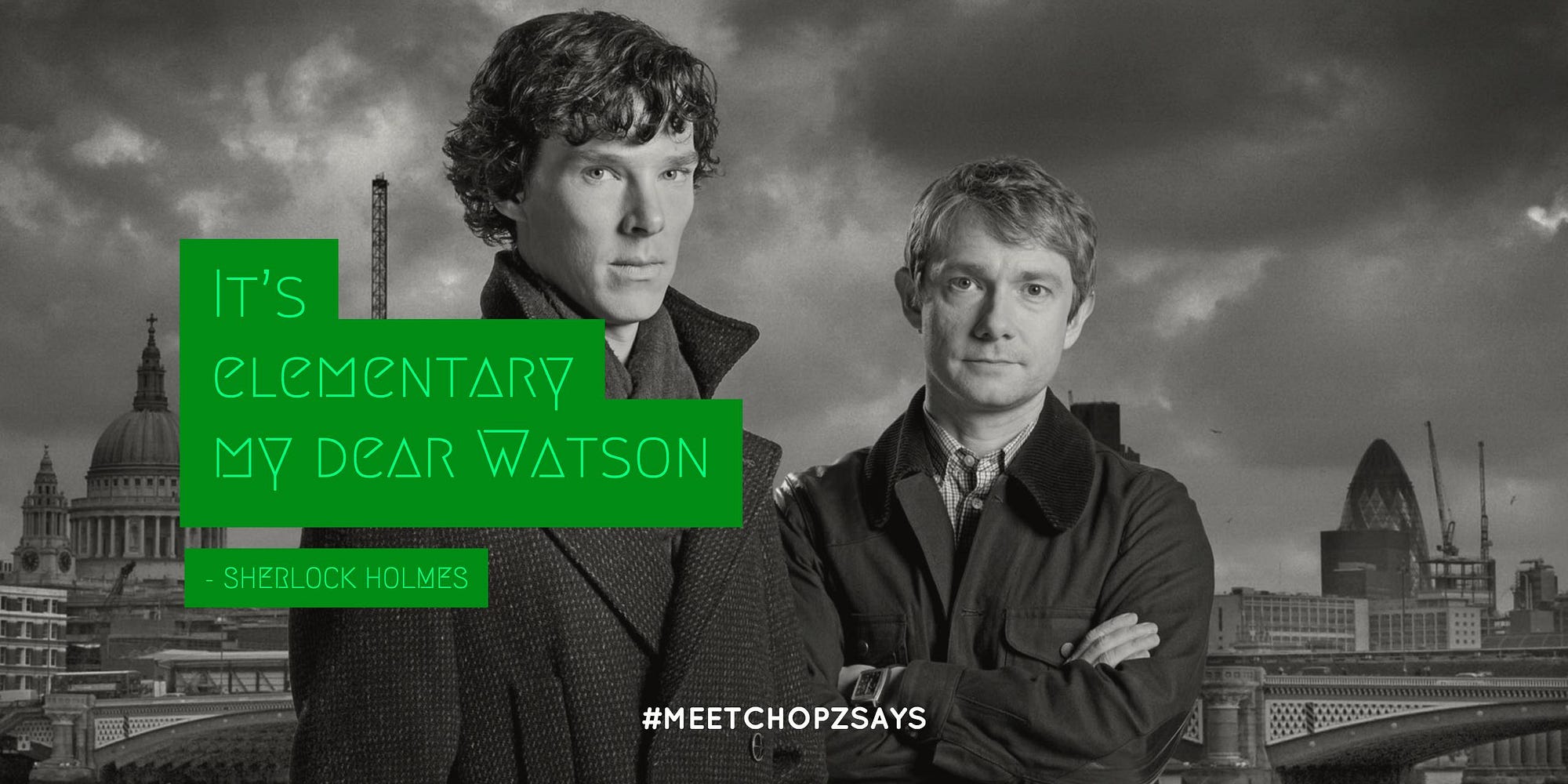Problem-solving has become an essential skill. Everyone is required to problem-solve on a daily basis. It can be solving challenges as massive as climate change, health epidemics, global starvation or even as mundane as “what’s for lunch?”
But first, a refresher on necessary problem-solving steps;
- Define the problem.
- Solve by testing and evaluating possible options.
- Finally, we arrive at the solution.
Let’s problem-solve a problematic mindset!
1. Define the Problem
In this age of “I want it now” where often stress gets in the way, problem-solving is not easy. As soon as frustration sets in, we start to care less; worst-case scenario — flipping a table. That is when the problem-solving mindsetcrumbles into a problematic mindset.

A Problematic Mindset
A problematic mindset is a state of mind where we fail to handle problems effectively. It’s not a healthy mindset because it affects the ability to do work. It stops us from finding a solution [1].
Jumping To “Solutions”
Failing to define the problem is the worst thing that can happen when we try to overcome challenges. Do not jump straight to solutions without giving the issue much thought; it produces counterproductive work.
Motion vs. Progress
A problematic mindset is devious. It camouflages itself as useful work. It makes us think we’re solving the problem when in fact we’re not.
“Do not confuse motion and progress. A rocking horse keeps
moving but does not make any progress.”
Beware. This attitude can lead to catastrophic failure–jibaboom![2]
2. Solving the Problem
Here’s a quote that caught my eye while preparing for this article.
“If you are not a part of the solution, you are a part of the problem.” — Eldrige Cleaver
It occurred to me that we need to be conscious about mindsets to prevent jibaboom. Likewise, a team leader must be mindful of the team’s mindset. If the majority is part of the problem — you guessed it — jibaboom.
Solving for “X”: eXcuses, eXcuses
I’ve been reflecting on some of my near-death jibabooms. I discovered that problematic mindsets start from how we respond in conversations and situations.
I’ve identified problematic excuses that limit our potential of becoming better problem solvers. Let’s go through the list.

3. The Solution
Have you noticed how you respond to similar situations? Which side do you see yourself? Problem or Solution?
The first step is to develop self-awareness.
Be more alert to decision-making moments and use it as opportunities to improve your ability to communicate better. Ask yourself, “ am I deliberately turning a blind eye? Am I jumping to solutions? Am I allowing stress and frustration take control of this problem?
The next step is to be proactive.
Once you start facing and analyzing problems, your mindset will naturally begin to think of solutions.
And that’s all it takes to be part of the solution.
See you on the ‘solution’ side.
[1] I am not an expert psychologist; I gathered all these observations from my personal experience as a creative lead.
[2] An onomatopoeia commonly used by our director to describe the mother of all project failures.




